With the introduction of the coffee machines, coffee now comes with taste, convenience, speed, and ease, certainly making us coffee lovers’ life a lot easier.
Just a few taps on the keyboard and you can find millions of models of coffee makers with various functions at every price range.
Drip coffee maker, espresso machine, thermal coffee maker, and so on.
But, it’s still hardly one of the most vital appliances in the household, like the fridge or the stove.
So it’s not hard to imagine yourself running into a scenario where you’re without a coffee maker when you need coffee.
Maybe your drip machine breaks down this morning.
Maybe you’ve just moved to a new place with no coffee machine and your area doesn’t qualify for Amazon’s Same Day Delivery.
Maybe you go camping where there’s no electricity.
Maybe it’s summer and the electricity overload causes a blackout.
Or maybe you want to try being a hipster one day and reject the use of modern facilities in protest of overrated mainstream conveniences and values.
The possibilities are endless!
That being said, it’s not at all impossible to make coffee without a coffee machine. Like they always say: “Improvise. Adapt. Overcome”.
In this article, I will show you how to make coffee without a coffee maker with 11 recipes.
Cowboy Method

As adventurous as it seems to suggest, the Cowboy coffee doesn’t actually call for horseback riding, a wide-brimmed cowboy hat, and a Southern accent.
But I suppose they can add to the aesthetics.
Though this is the traditional way cowboys brew coffee, it’s also commonly how to make coffee without a coffee maker around the world.
And, you don’t necessarily have to be out in the wild.
Essentially, what you need are ground coffee and hot water.
So, what’s the best heat source in the kitchen? Ding-ding-ding! That’s right, the good ol’ stove.
Other sources such as a campfire or a portable gas burner work as well if you can’t bring your stovetop outside.
Since there is no coffee filter involved with the Cowboy coffee brewing methods, expect some leftover ground coffee in your mug and pan, pot, kettle, or whatever else you’re using to bring water to a boil.
If it’s not a dealbreaker to you, read on for step-by-step instructions.
Recipe
Step 1
Fill the pot with water and bring it to a boil on your chosen heat source, approximately 8 ounces of water per serving. Use a measuring cup if you need it. You should use more than usual to take into account the loss due to evaporation. It’s also so that some leftover water in the pot can “restrain” the unwanted grounds.
Step 2
Once you see popping bubbles on the surface, add freshly ground coffee, around 2 tablespoons per 8 ounces of water. Then stir lightly to mix them. If the coffee is too strong, you can always add more water later to dilute the brew.
Step 3
If you want your coffee to be more bitter, you can bring it to a boil again or even leave it on the heat source for 1-2 minutes. The longer you leave it there, the more bitter the taste develops. If not, remove the pot from the heat immediately and put a cover over it for around four minutes.
Step 4
Remove the cover and check whether the coffee grounds have sunk to the bottom. If not, flicking a bit of cold water on top should do the trick.
Step 5
Slowly pour the coffee into your mug to avoid letting the sludge into your coffee. Use a ladle to help better filter if you have one lying around.
Stovetop Methods
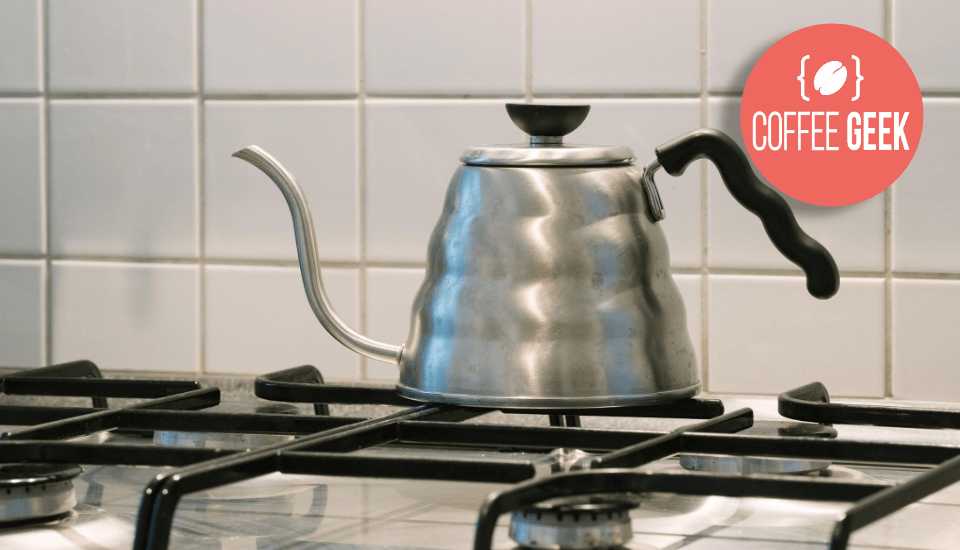
Below are a couple more recipes for making coffee without a coffee maker if you own a stove.
Turkish Coffee Method
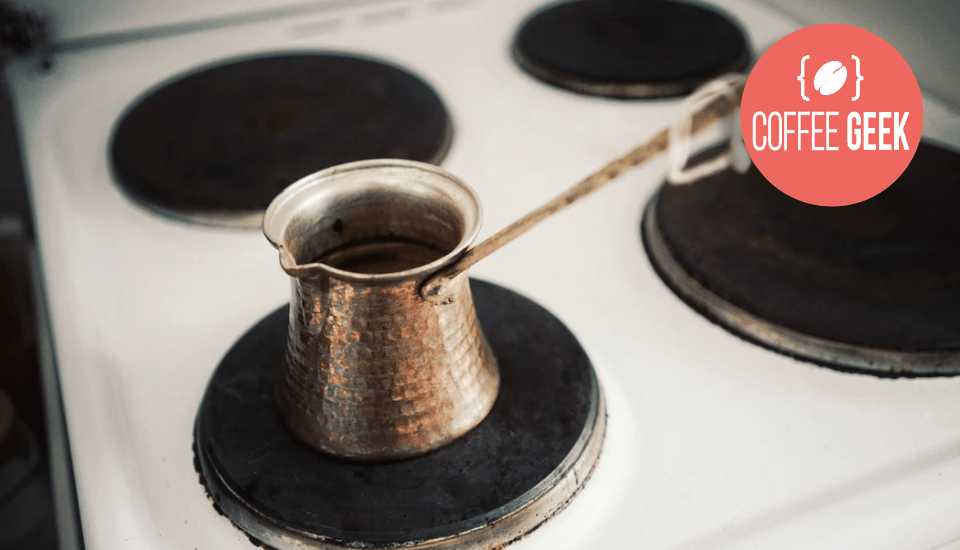
The Turkish Coffee Brewing Method[1] is pretty similar to the Cowboy coffee but requires a bit more effort.
Though it’s made using a cezve (or ibrik), a type of Turkish long-handled coffee pot, you can compromise with your usual pot, but it won’t taste as good.
The narrow neck of this equipment helps the coffee foam stick together and sustain, which would usually quickly dissipate in a normal wide-brimmed pot.
And to get the most authentic experience possible, grab Turkish coffee grounds.
You can have them ground at the grocery store under the Turkish setting.
Or else, grind your coffee beans as finely as possible, to the point of being powder-like.
Recipe
- Step 1: Fill the cezve (pot) with around 8 oz of water, or until it reaches the neck.
- Step 2: Add around 1 tablespoon of coffee grounds on top. No stirring.
- Step 3: If you don’t like sugar, you can skip this step. Otherwise, add 2 teaspoons per 8 oz of water.
- Step 4: Heat the cezve (pot) on the stovetop at low or medium heat.
- Step 5: Let it foam and remove it from heat once it’s about to boil. Don’t let it boil over unless you don’t mind some amount of coffee spilled onto the stovetop.
- Step 6: Either discard or place the foam in your coffee mug. Stir the content in the cezve (pan).
- Step 7: Return it back to heat.
- Step 8: Repeat steps 4, 5, and 6 twice and step 7 once more. Then remove the cezve from heat and slowly pour the coffee into your serving cups to “restrain” the sludge. Wait until the ground coffee in your mug settles down before drinking.
Though cezve is usually made of copper, more modern versions using stainless steel have made it to the market as well. It’s a different, affordable yet pleasurable way to enjoy coffee.
Take a look at the Turkish Cezve’s available here and give it a try!
Moka Pot Method
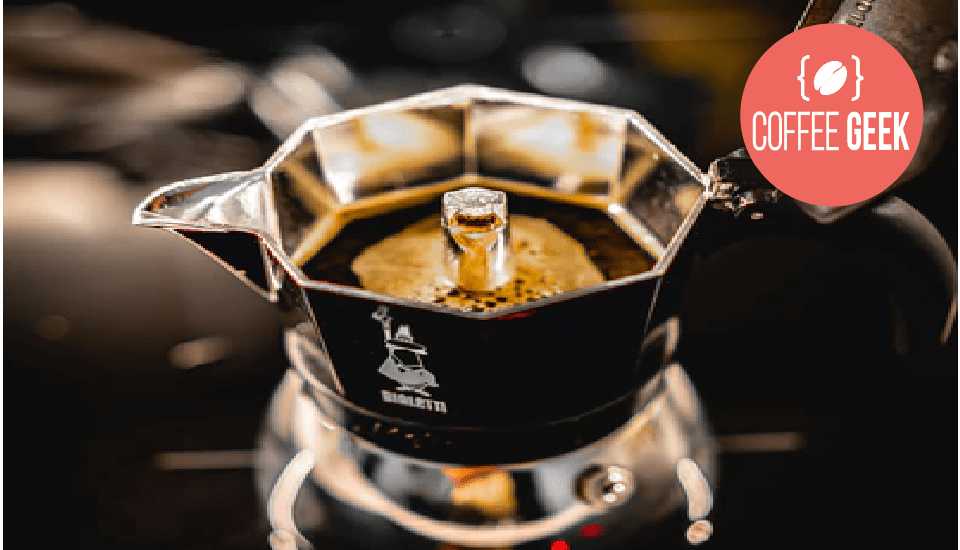
If you happen to get your hand on a Moka Pot, why not try making a stovetop cup of Joe with it?
So, what is a Moka Pot? It’s a type of Italian coffee maker invented back in the 1930s and still commonly used today.
It brews coffee using steam pressure, delivering delightful coffee that is most similar to electric espresso machines’ output.
Basically, it has three chambers. The bottom contains water.
Once heated up, the produced steam pressure pushes the hot water through the upper second chamber filled with fine ground coffee into the third chamber on top, which is where you can enjoy the end result.
You should also take into account that some people say the Moka Pot produces much stronger coffee.
Just make sure to add more water at the end to dilute the brew if it’s too strong for your taste.
Recipe
- Step 1: Disassemble the Moka Pot.
- Step 2: Fill the bottom chamber with water until the mark.
- Step 3: Fill the second-story basket with coffee grounds and level them off using your finger or a spoon.
- Step 4: Assemble the compartments back together and seal them tightly.
- Step 5: Put the Moka Pot onto the stovetop and heat it up at medium-low heat.
- Step 6: When you hear the sputtering sound, that means the coffee is being pushed into the top chamber and the coffee foam is forming. Remove the pot from heat, let it sit for around 3 minutes, pour the content into your coffee mug, and enjoy.
If you’re interested, check out recommended Moka Pots here.
Mock French Press Method
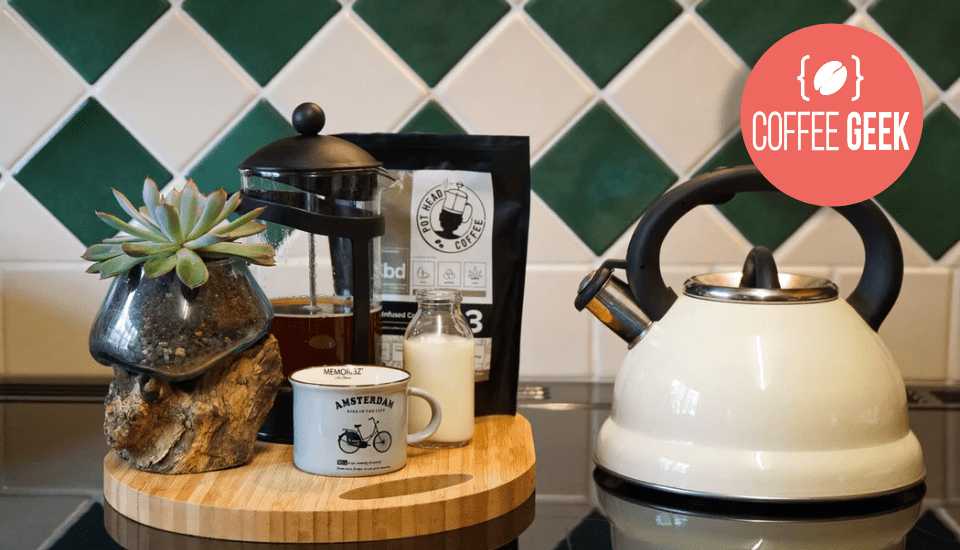
I’ve written an article on the French Press Coffee Maker, so if you’re interested in learning more about French Press recipes, take a look.
Otherwise, for the sake of staying on topic, here’s a concise summary for the French Press Method: Coarsely ground coffee is steeped in hot water in the coffee maker, before getting pushed to the bottom due to the applied pressure from the piston, leaving coffee on top ready to be served.
Essentially, you’ll make coffee by doing the same thing, just without the French Press coffee maker. Gotta fake it till you make it.
Recipe
- Step 1: Boil around 10 oz of water and let it cool down for up to 30 seconds. Or heat it up but remove it from heat once it’s about to boil.
- Step 2: Add 1 tablespoon of coarse coffee ground into a mug.
- Step 3: Add a small amount of the hot water into the mug to wet the coffee grounds and let it “bloom” for up to 1 minute.
- Step 4: Pour the rest of the water into the mug and let it steep for two to four minutes.
- Step 5: Use a spoon to press the coffee grounds to the bottom.
- Step 6: Slowly pour the content into your serving cup and use the spoon to keep the pressed grounds out if needed.
Coffee Bag Methods
Use A Coffee Bag Method
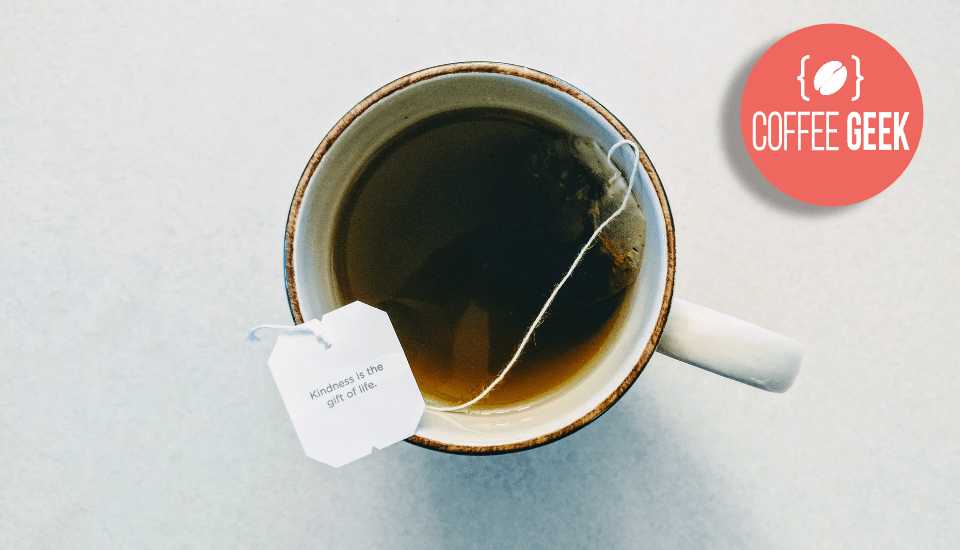
Like a teabag, a coffee bag can definitely come in handy in times of crisis (in this case, making coffee without a coffee maker :().
They are different from instant coffee which has been previously brewed, dried, and crystallized to become conveniently packaged.
Some people can’t stomach this manufactured taste.
So ground coffee in a portioned bag, or a coffee bag is an agreeable alternative that can savor the fresh taste lost in instant coffee.
And like the tea bag, you can find coffee bags at the grocery store for some quick caffeine refills.
All you need now is to boil some hot water and follow the recipes on the package or our instructions below.
Build A Coffee Bag Method
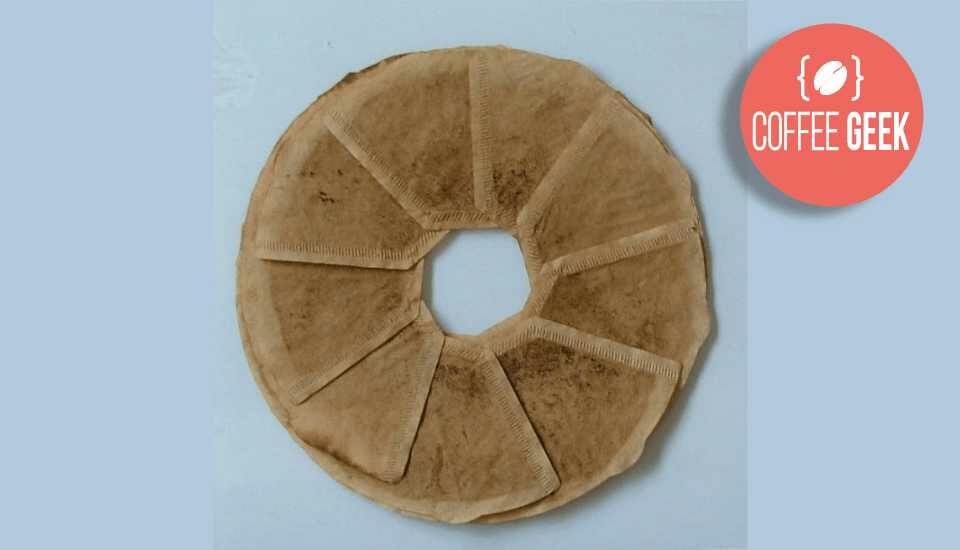
The recipes are getting a bit more creative! If you have some fresh coffee grounds and coffee paper filters laying around, try making your own coffee bag!
It’s not hard, as long as you’re willing to put in some extra work.
Recipe
- Step 1: Boil around 8 oz of water and let it cool down for a bit. Or heat up the water but remove it from heat once it’s about to boil. In the meantime, move onto the next step.
- Step 2: Lay a coffee paper filter out and add around 2 tablespoons of coffee grounds onto the center.
- Step 3: Gather the edge together, leave some room for the coffee grounds to bloom, and tie tightly with a string.
- Step 4: Place the DIY coffee bag into your serving cup and slowly pour hot water on top. Let it steep for around 3 minutes. Wait longer if you prefer a stronger brew.
- Step 5: Pinch the string, pull the make-do coffee bag out, and enjoy your cup of Joe.
You can also carefully open a tea bag and replace the content with coffee grounds instead. The mechanism of the tea bag is the same after all.
Coffee Filter Method
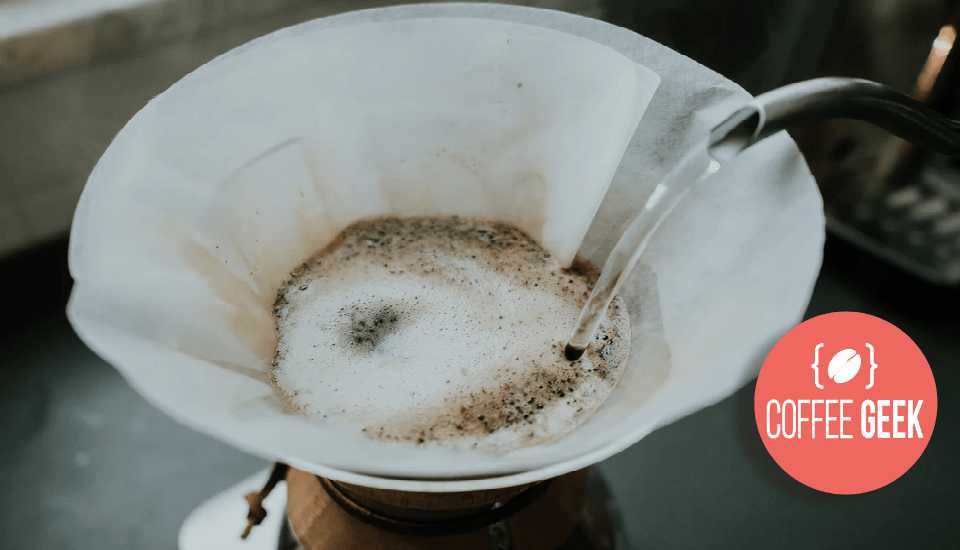
Other than the above, you can use the coffee filters for their inherent function, filtering.
But if you don’t have any at home, don’t worry.
Any sort of material that can get the job done without becoming torn under flowing water would suffix.
Your choices range from a handkerchief, a paper towel, a kitchen towel, and a teabag (remember to empty out the content).
But take into account that using these materials can cause unwanted stains or impart undesirable flavors into your brew.
You’ll also need some binders, paper clips, or elastics, and so on to keep the paper filter in its place while you’re pouring water over the grounds.
Coffee grounds. Hot water. And coffee filters. This method is essentially the pour-over method but straight into your drinking cup and a lot more compromises.
To ensure the optimal coffee-to-water contact time, use a medium-coarse coffee grind, which is typical of the pour-over method.
If you’re interested in learning more about this technique and its niche coffee makers, check this article out.
Otherwise, carry on for instructions for the coffee-maker-free method!
Recipe
- Step 1: Boil water and let it cool down for up to 30 seconds. Or heat up the water but remove it from heat once it’s about to boil. In the meantime, move onto the next step.
- Step 2: Place the coffee filter or filter alternative into your serving cup. Leave some room in the center so that the coffee grounds can be immersed in water. Also, take into account the size of the filter. Make sure that you’re using is big enough so that there’s some material hanging outside of the cup as well.
- Step 3: Clip or bind it securely into place.
- Step 4: Add coffee grounds into the center of the filter and level them off using your finger or a spoon.
- Step 5: Pour a small amount of hot water over the coffee grounds to submerge them and let them bloom for 30 seconds.
- Step 6: Slowly pour the rest of the hot water in a circular motion and stop every now and then to let the coffee drip through and prevent it from overflowing. You can use a spoon to slightly stir the coffee grounds and help with the flow.
- Step 7: Wait till all of the coffee has seeped through and remove the filter.
- Step 8: Profit! Who needs drip coffee makers when you know this?
Strainer Method
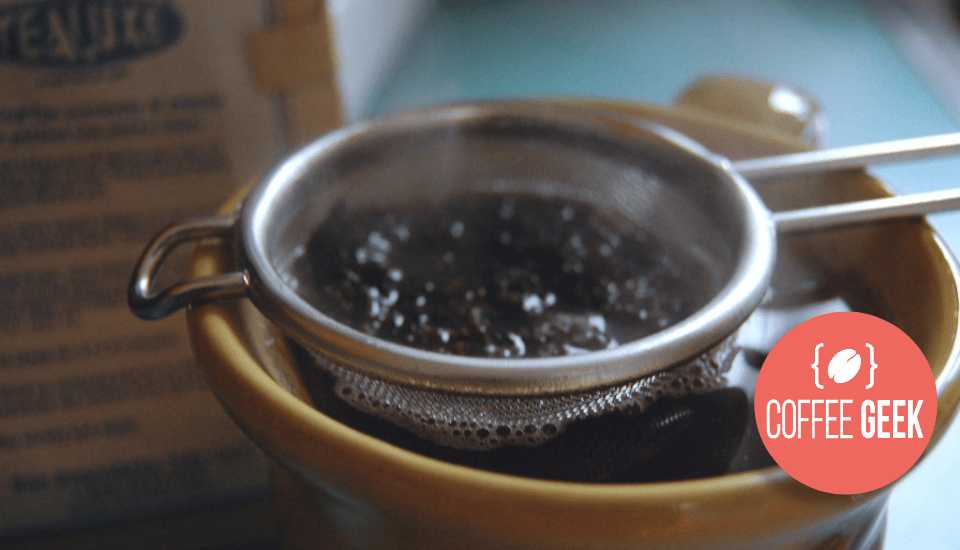
Again, no coffee filter, no big deal! What can you find in the kitchen that can filter things out? That’s right, a strainer!
But not every strainer would do. Use one with the tiniest gaps to effectively prevent the coffee grounds from entering the cup.
Opt for a conical double-layer fine mesh strainer for the best result.
This method is pretty similar to the Cowboy coffee, but the coffee this time is better-filtered thanks to the tool-of-the-hour, the strainer.
Recipe
- Step 1: Boil water in a pot, a pan, or any alternative that does the job.
- Step 2: Once you see popping bubbles on the surface, add coffee grounds into the pot and stir lightly to mix them in the boiling water.
- Step 3: Bring the content to a boil again and leave it on the heat source for around 1-2 minutes.
- Step 4: Put the strainer on top of your serving cup and pour the content through it into the cup.
You don’t have to wait a couple of minutes for the coffee grounds to settle like the Cowboy Method since you’re using a strainer that can effectively catch them this time.
A good alternative if you would rather none of the sludge didn’t get into your cup of Joe.
Microwave Method
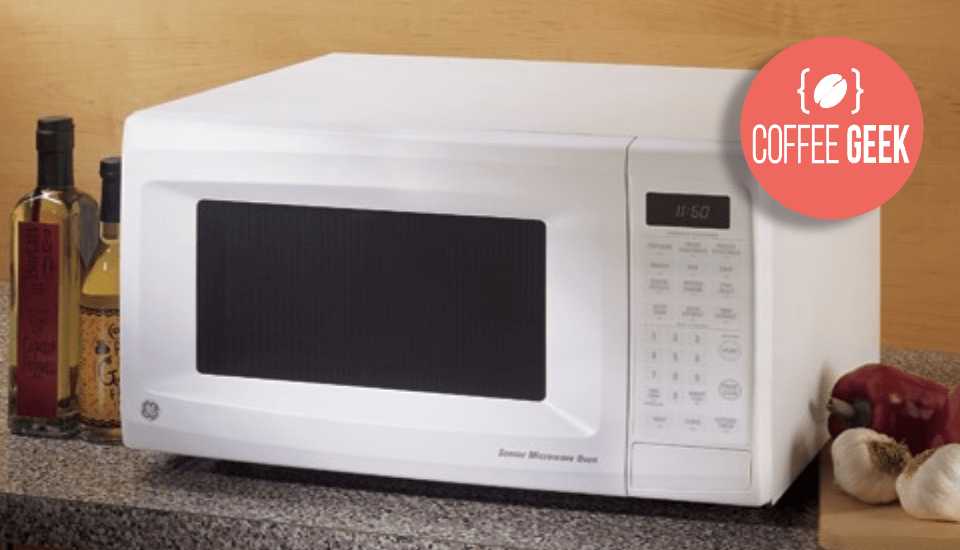
As aforementioned, a cup of coffee essentially calls for coffee grounds and hot water. If you don’t have a stove (college dorm struggle!), you can still work around a microwave.
Recipe
- Step 1: Fill the coffee cup with water and put it in the microwave.
- Step 2: Heat up the water so that it’s hot but not to point of boiling.
- Step 3: Take the hot cup of water out and add a proportional amount of coffee ground to the amount of water. Use a spoon and stir the content.
- Step 4: Let it sit for around 4-5 minutes for the coffee grounds to settle to the bottom of the cup.
You can also apply the previous pour-over recipes.
Instead of boiling water over a stove or a fire source, use the microwave to make hot water and pour it into a separate serving cup.
Got to go with the flow!
Cold Brew Method
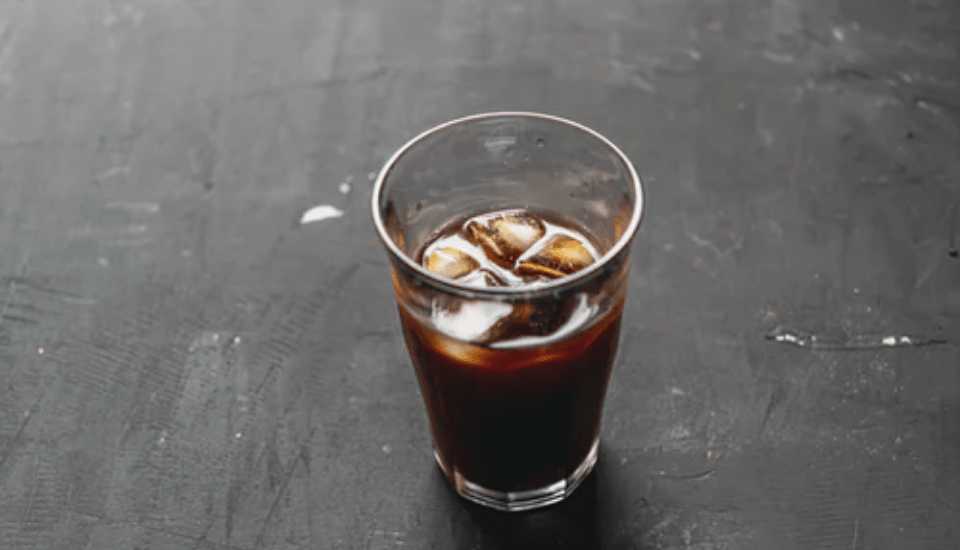
If you don’t necessarily need coffee right away and want to indulge in something different to pass the time in quarantine, consider making a Cold Brew!
You use cold water to make Cold Brew coffee, so you don’t have to be concerned about not having a heat source.
The Cold Brew Method requires at least 12 hours of waiting and a bit complicated to pull off.
It requires some meticulous planning and execution, but the result is definitely worth the patience.
Typical high-cost high return! I’ve explained the methods in full detail including top tips in another article.
The recipe in the link calls for a French Press coffee maker, but the below summary will not incorporate it to maintain relevance. However, you need some containers to store the content.
Recipe
- Step 1: Prepare a coarse coffee grind and put it into a mason jar or any container.
- Step 2: Pour water slowly into the jar in the following ratio: 1 oz of coffee per single cup of water.
- Step 3: Slowly stir the content.
- Step 4: Put the cover on top of the container and let the coffee concentrate rest in the fridge, or a cool place at least, for 12-24 hours before taking it out.
- Step 5: Pour the content from the first container through the strainer into a second mason jar or air-tight container. If you have a mesh strainer on hand, use it when pouring to better filter the coffee.
- Step 6: Pour yourself a drink and store the rest in the fridge. It can last up to 2 weeks!
Time-consuming at the beginning, but the result can last you for a long time, enough for a coffee maker to arrive at your new place.
It’s a refreshing drink that can quickly fill up your caffeine cravings in the morning.
Swedish Egg Method
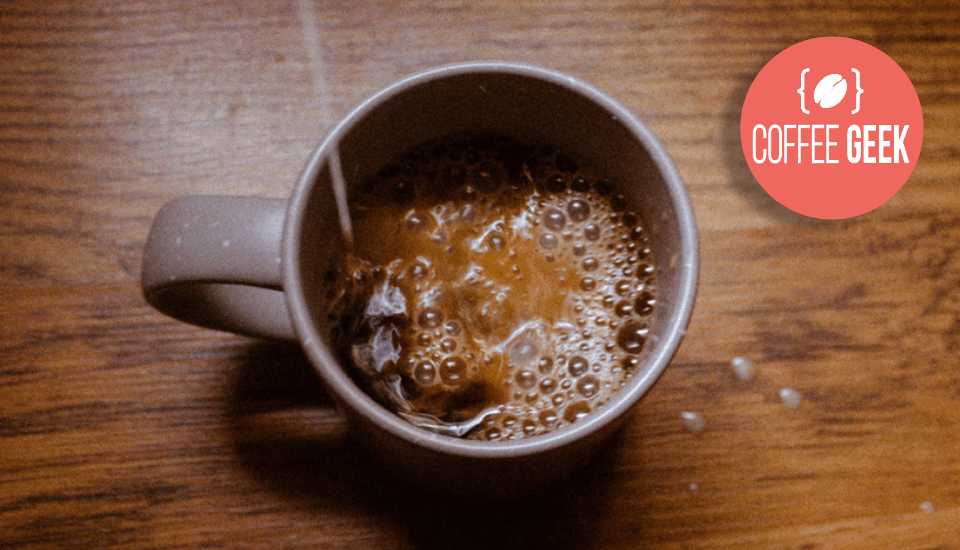
Egg and coffee? What is it? Christmas? Is it eggnog but we’re replacing milk with coffee?
I’ve written in another article about my experience with egg coffee in Vietnam when I was there and it was a pleasant surprise.
The creamy egg is not something you’d expect in a coffee cup but somehow they work really well together.
Certainly, the recipe may appear peculiar to many but mixing egg and coffee is not at all unusual in some cultures around the world.
In this particular case, the Swedes found a way to brew an awesome cup of coffee without the use of a coffee maker.
Recipe
- Step 1: Boil around one cup of water per serving. In the meantime, move to the next step.
- Step 2: Crack an egg along with the shells into a cup or a bowl and stir.
- Step 3: Add coffee grounds to the cup and stir them together.
- Step 4: Add the mixture into the pot or whatever you’re using to boil water and boil them for around four minutes. Make sure to stick around to prevent potential overflowing.
- Step 5: When the egg and coffee clumps have formed, remove the pot from heat and add a cup of ice-cold water so that they sink to the bottom.
- Step 6: Slowly pour the content into your serving cup. Use a filter or strainer for a lump-free result.
And you’ll be surprised by the smoothness and silkiness the egg adds to the coffee cup.
Wrapping Up How to make coffee without a coffee maker
Those were my 11 recipes to make coffee without a coffee maker. Hopefully, you can find a good compromise thanks to this article when you need coffee.
So you don’t have to pay for overpriced coffee outside or opt for instant coffee, which you must have been trying to avoid.

